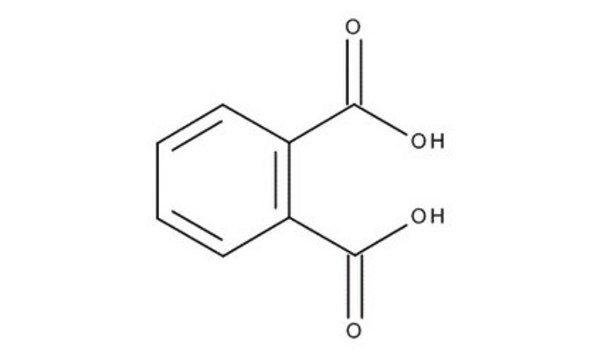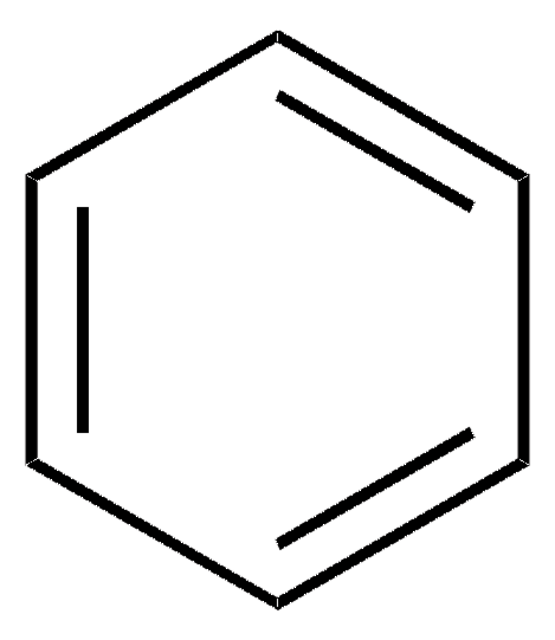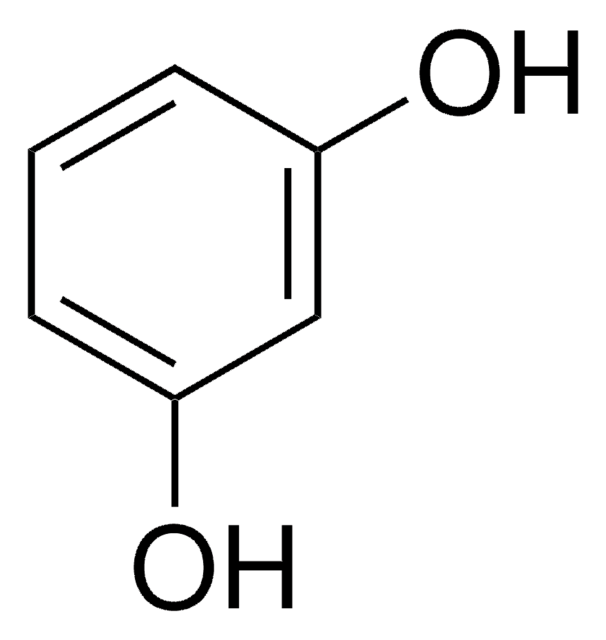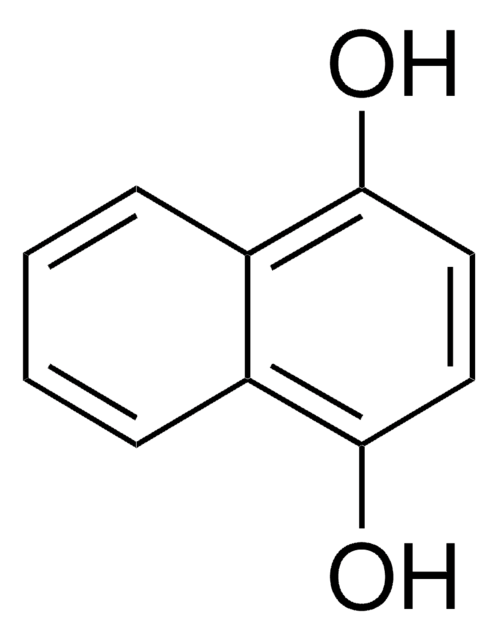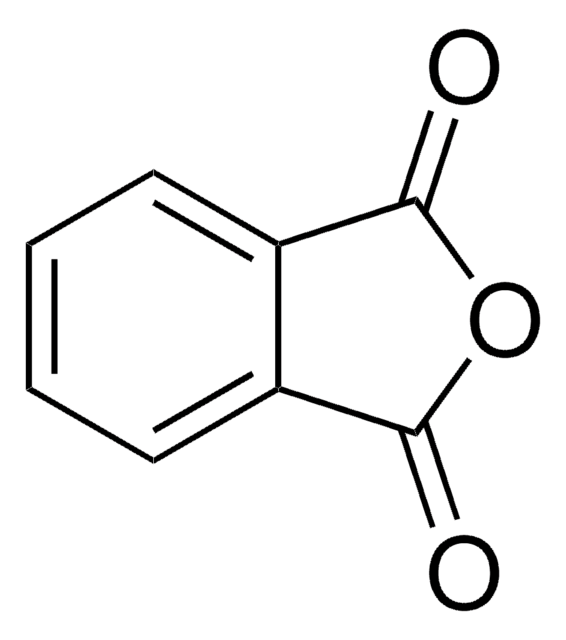79255
Phthalic acid
analytical standard
Synonym(s):
1,2-Benzenedicarboxylic acid
About This Item
Recommended Products
grade
analytical standard
Quality Level
Assay
≥99.5% (GC)
≥99.5% (T)
shelf life
limited shelf life, expiry date on the label
technique(s)
HPLC: suitable
gas chromatography (GC): suitable
impurities
≤0.5% water
mp
210-211 °C (dec.) (lit.)
application(s)
cleaning products
cosmetics
food and beverages
personal care
format
neat
SMILES string
OC(C1=C(C(O)=O)C=CC=C1)=O
InChI
1S/C8H6O4/c9-7(10)5-3-1-2-4-6(5)8(11)12/h1-4H,(H,9,10)(H,11,12)
InChI key
XNGIFLGASWRNHJ-UHFFFAOYSA-N
Looking for similar products? Visit Product Comparison Guide
General description
Application
- Angelicae Radix and Ligustici Rhizoma using high performance liquid chromatography with photodiode array detection (HPLC-PDA) followed by liquid chromatography coupled to mass spectrometry (LC-MS) and capillary electrophoresis (CE) analyses.
- Nigella sativa and Solanum nigrum using gas chromatography-mass spectrometry (GC-MS).
Recommended products
Signal Word
Danger
Hazard Statements
Precautionary Statements
Hazard Classifications
Eye Dam. 1
Storage Class Code
11 - Combustible Solids
WGK
WGK 1
Flash Point(F)
334.4 °F
Flash Point(C)
168 °C
Choose from one of the most recent versions:
Already Own This Product?
Find documentation for the products that you have recently purchased in the Document Library.
Customers Also Viewed
Our team of scientists has experience in all areas of research including Life Science, Material Science, Chemical Synthesis, Chromatography, Analytical and many others.
Contact Technical Service

